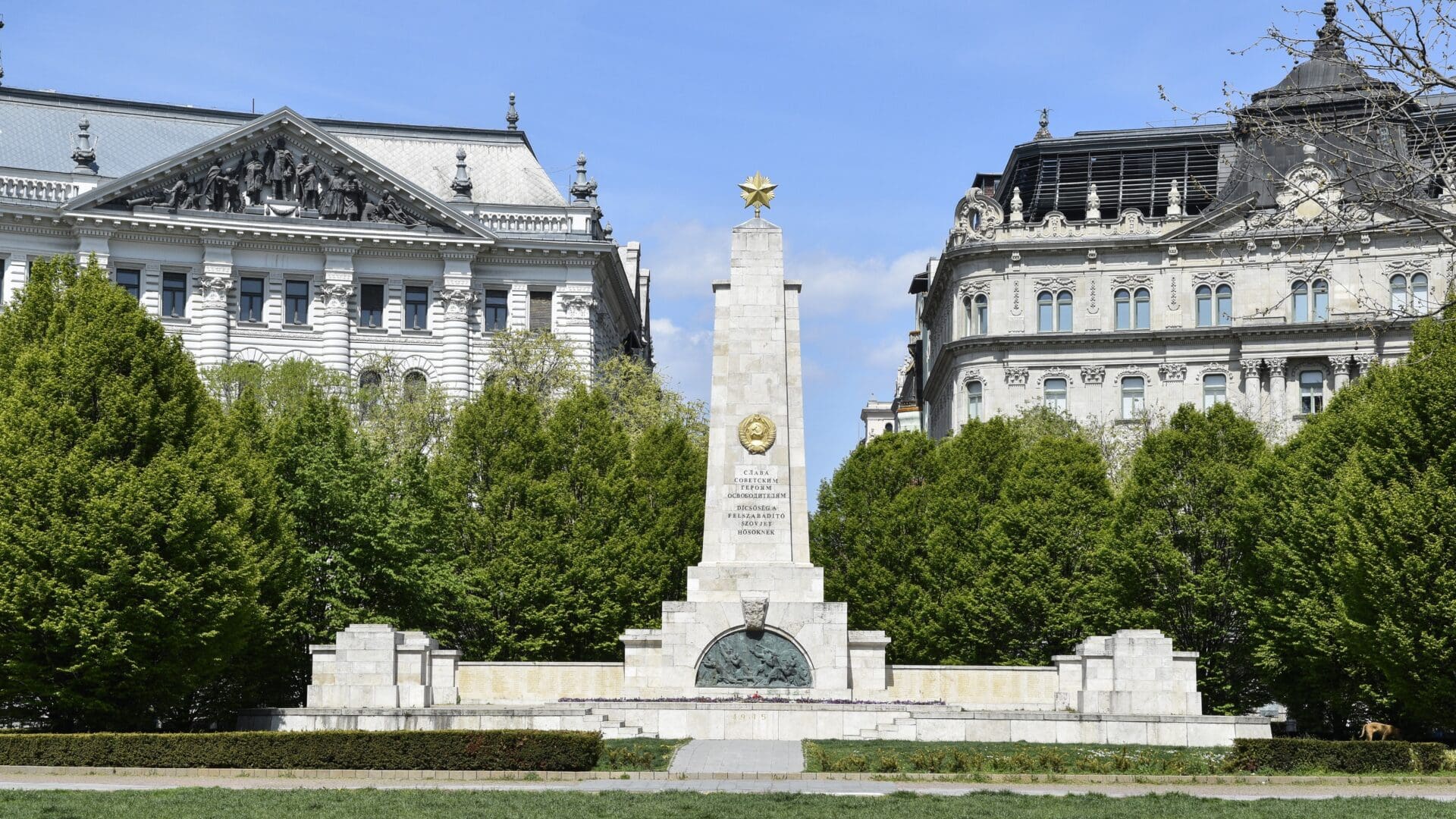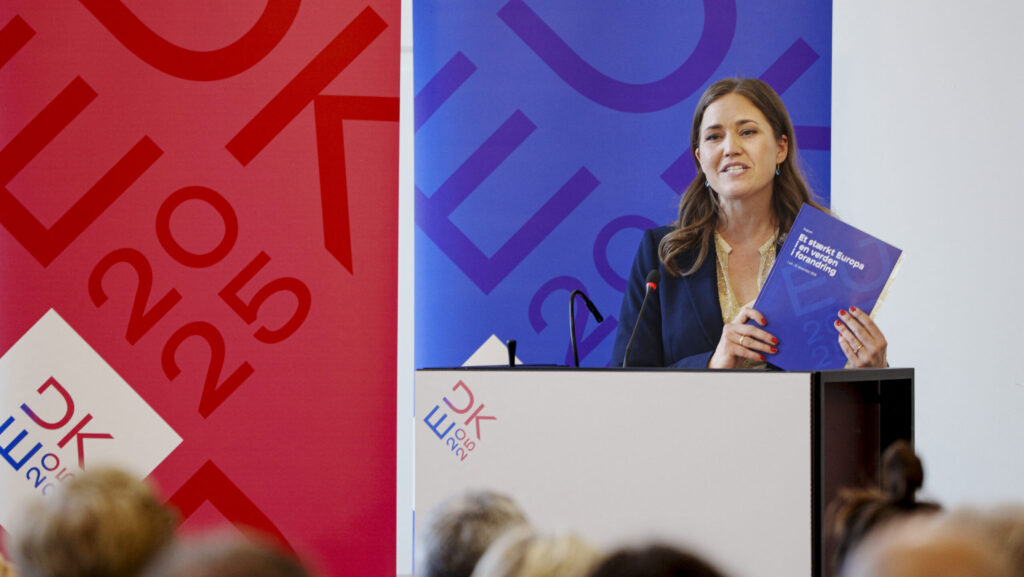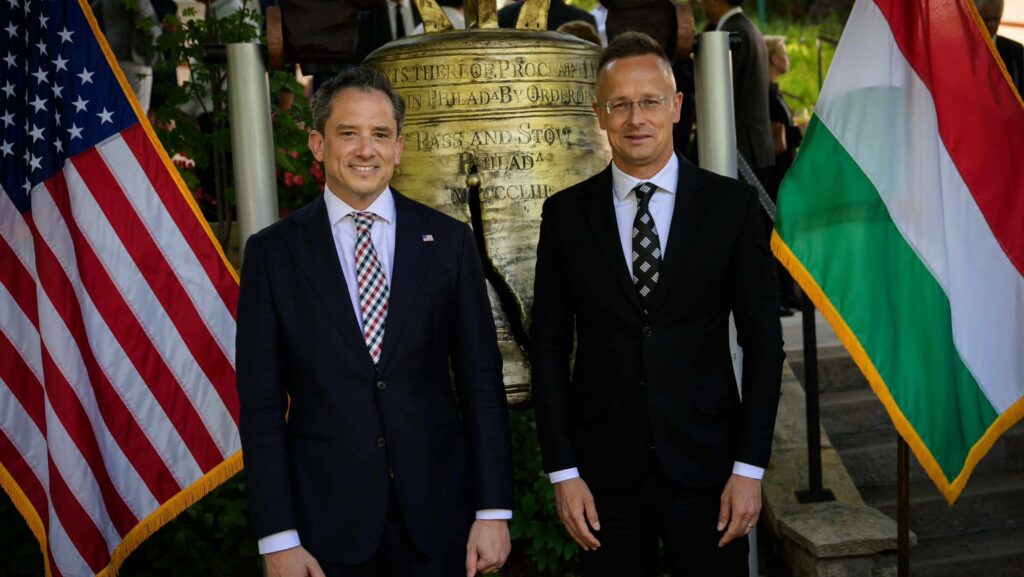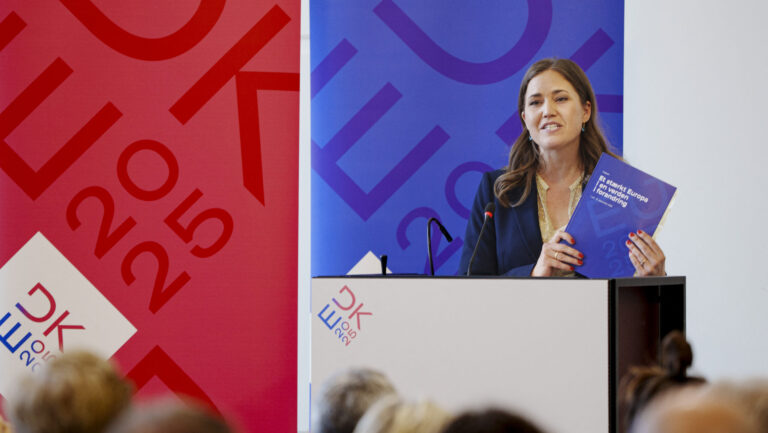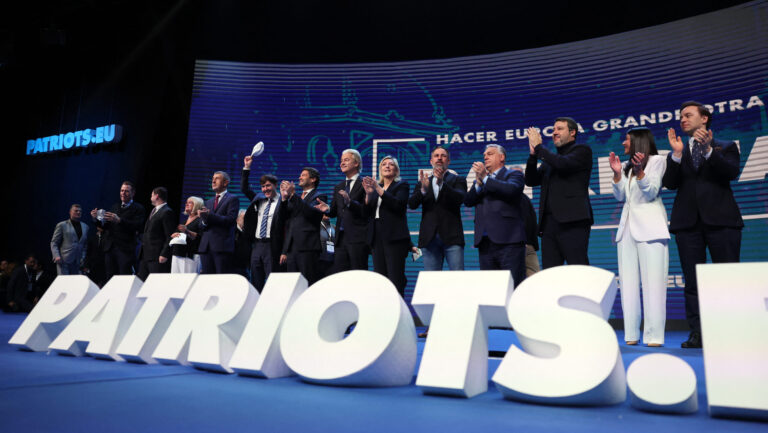Deputy Chairman of the Security Council of Russia Dmitry Medvedev (formerly President and Prime Minister) has gained notoriety for his outrageous posts on the Russian social media platform Telegram. Earlier this week, he posted about an alleged initiative in Ukraine to create the Order of Stepan Bandera, the disputed Ukrainian ultranationalist, whose life and controversial remembrance we assessed in an earlier Hungarian Conservative article. In the post condemning the supposed initiative, Dmitry Medvedev argued that Nazism has become one of the main ideologies of Europe and that European Nazis are being glorified en masse on the continent. In his post mocking Stepan Bandera, he mentioned a series of other European Nazi and fascist leaders who are allegedly ‘worshipped’ in Europe. The list included Adolf Hitler, Benito Mussolini and Francisco Franco—and Hungarian Miklós Horthy.
Needless to say, Horthy’s assessment in Hungary is far from being as settled as Medvedev suggested. Also, the country’s interwar leader is not honoured by any orders named after him, nor does he have any statues in public places in Hungary. While having little to do with the truth, Medvedev’s post fits in perfectly with the series of interferences Russia regularly makes in Hungarian memory politics.
But Hungary is not the only country in East-Central Europe that sees such unwanted commentary and meddling by Russia with regard to interpretations of its history. The periods the evaluation of which is the most frequently contested by Russia are the Cold War era and World War II. While Russia glorifies the USSR’s effort to defeat Nazi Germany, CEE countries, including Hungary, highlight the 45 years the Red Army stayed in Central Europe as an occupying force after the end of World War II.
A recent clash regarding memory politics that gained considerable media attention was between Russia and Poland. After some diplomatic back-and-forth, in a show of force, bulldozers lined up near the cemetery where some of the victims of the Katyń Massacre are buried, threatening to demolish the graves. In the cold-blooded massacre carried out in 1940, some 22,000 Polish army officers, prisoners of war, were murdered by the Soviets in the forest near Katyń (located in the vicinity of Smolensk, Russia) in 1940.
Visegrád 24 on Twitter: “A window into twisted Russian minds.Trucks & bulldozers with “Zs” have pulled up to cemeteries where victims of the Katyn Massacre are buried in Russia.They used loudspeakers to announce they could demolish the graves but won’t because they are good. pic.twitter.com/cQwwU7qaQu / Twitter”
A window into twisted Russian minds.Trucks & bulldozers with “Zs” have pulled up to cemeteries where victims of the Katyn Massacre are buried in Russia.They used loudspeakers to announce they could demolish the graves but won’t because they are good. pic.twitter.com/cQwwU7qaQu
1956 and the Liberation of Budapest — The Most Contested Events
One of the most serious disputes between Budapest and Moscow evolved in 2016 when Hungary celebrated the 60th anniversary of the 1956 Revolution and Freedom Fight. On Russian state television, the revolution was presented as the product of Western intelligence agencies, practically the result of agitation by the CIA against the Soviet Union. The report went so far as to call the revolution ‘a fascist counterrevolution’, echoing the Communist propaganda of the time. The TV programme also capitalised on the personal trauma of a Hungarian Socialist (MSZP) politician, Szófia Havas, whose father was killed by the revolutionaries in 1956 and therefore was willing to go along with the Russian narrative about the uprising and gave an interview to the television channel defaming 1956. Moscow’s narrative was obviously outrageous in the eyes of Budapest, as there is broad social consensus in Hungary about 1956 as a heroic struggle for freedom and democracy, started and fought by the people against the tyranny of the Communists and their Soviet masters. The disagreement over the memory of 1956 caused a major diplomatic rift between the two countries, so much so that Hungary summoned Moscow’s ambassador to the Ministry of Foreign Affairs and Trade.
It is not only the memory of 1956 that is the source of continuous tension between Moscow and Budapest, but also a memorial in the centre of the Hungarian capital. The obelisk, dedicated to the ‘liberating Soviet soldiers’, the ‘heroes’ who freed Hungary and the capital from Nazi occupation, is located in Szabadság (Liberty) Square, right next to the US Embassy and just a couple of minutes’ walk from the Parliament. The monument is the last pre-1989 memorial that glorifies the past regime, its army and ideology that still stands in a public place.
The memorial is tolerated by, but not popular with Budapesters. As opposed to the vast majority of the public that passively dislikes it, radical right-wing groups have defamed the monument multiple times over the past decades. It was vandalised in 2002, and in 2004 red paint was poured on it, while in 2006, extreme right-wing activist György Budaházy (convicted under terrorism charges and sentenced to 17 years in prison in in 2022, but recently pardoned by President Novák) broke the five-pointed star off the memorial. In 2015 Jobbik politician Előd Novák led a larger group of radicals who attempted to remove the five-pointed star from the memorial.
In 2020, when Viktor Orbán inaugurated the nearby statue dedicated to George Bush, he referred to the Soviet memorial a symbol of occupation, inciting serious criticism from Moscow. The Russian Foreign Ministry was quick to comment, saying that the Prime Minister’s statement ‘grossly distorted the truth’ and in fact the Red Army ‘saved’ and brought ‘peace and freedom’ to Europe.
The monument sparked public debate after the Russian invasion of Ukraine. Opposition Momentum covered the obelisk with a Hungarian flag during the 23 October celebrations. There was also a plan to organise a referendum about covering the memorial with a black sheet in protest against the Russian aggression, but the initiative did not garner enough public support.
The Don River Catastrophe Controversy
Each year, the remembrance project dedicated to upholding the memory of the Don River catastrophe also leads to a dispute between the two countries. While Hungary remembers the tragic and pointless death of its poorly trained and badly equipped soldiers with a national day of morning, Moscow sees the same soldiers as violent and invading troops. While the Russian media highlights that these soldiers were serving a fascist country and were allies to Nazi Germany, Budapest commemorates the heroic servicemen trying to help their brothers-in-arms in a battle doomed to failure. In 2019, when around the annual Remembrance Day of the Don River catastrophe the fallen soldiers were referred to publicly as ‘heroes’, there was an initiative in Russia to remove a memorial dedicated to the approximately 30,000 Hungarian soldiers buried in Rudkino, but the idea was ultimately abandoned. However, the cemetery continues to make it into the local news ever since. In 2020, an article reported residents’ alleged disappointment that the Hungarians who went there ‘to murder the locals’ over 70 years ago are still honoured, and called the memorial ‘blasphemous’.
Renaming Budapest’s Moszkva tér (Moscow Square) to Széll Kálmán tér caused a similar, yet far from as serious disagreement. When in 2011 the Hungarian government decided to rename the iconic square on the Buda side of the city, the Russian Foreign Ministry expressed its bewilderment with relation to the decision. The Russian side argued that such decisions are upsetting the positive ties between the two countries, and that the name of the square is not ideologically loaded. But in fact, the square was originally called Széll Kálmán tér, named after a Hungarian prime minister in 1929, and it was only under the Communist regime, in 1951, that it was renamed Moscow Square. So, the 2011 decision simply gave back the square its original, pre-Communist name — to Moscow’s chagrin.

